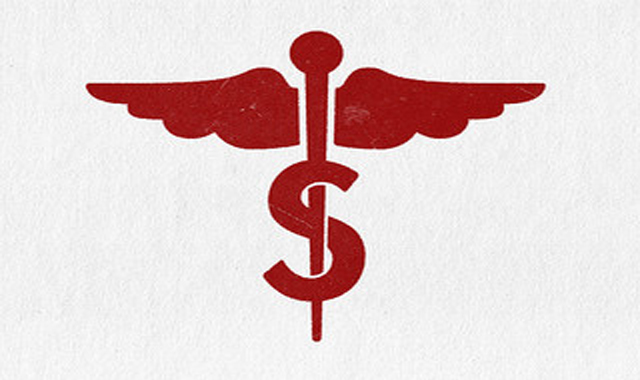EHR adoption has been the challenge of a lifetime for many healthcare providers, claiming the undivided attention of large hospitals and mom-and-pop shops since the EHR Incentive Programs started to promise rewards for stepping into the digital age. While Stage 2 is putting renewed pressure on providers to collect and utilize EHR data in a meaningful way, healthcare organizations have new partners in vendors, consultants, and ACOs to help them leverage their data through analytics. EHR adoption is an enormous step to take on its own, but it’s just the start of a glittering new world of insight and action as new sources of data meet new methods of extracting information.
As patients become increasingly engaged in their care and financial reimbursement starts to depend more and more on outcomes, providers can’t be complacent when it comes to data collection. What a nurse keys into the system during a hospital admission is only a tiny fraction of the data that’s becoming crucial for competent decision making, and patients are providing more and more of these statistics on their own.
“We’re moving out of the traditional physician’s office,”
asserts Dr. Fauzia Khan, Chief Medical Officer of Alere Analytics. “You know, at one time, if you wanted to see a movie, you had to go to the theater. If you wanted to hear a song, you had to buy a record. Now you can just go to YouTube and see or hear anything you want to. We’re seeing the same shift in healthcare. We have the hospital-at-home concept and mobile devices that are in a patient’s home to monitor them. That produces a lot of data.”
“If you think you have a lot of data right now with an EHR, you have to multiply that number by about five when you start adding all the device information that people are looking at in terms of either reading their blood pressure on a daily basis, or your scale at home, or other medical devices,”
adds Steve Fanning, VP of Healthcare Industry Strategy at Infor. “And all that adds to the clarity that you get around analytics because you’re looking at a dataset much, much bigger than just the core clinical information.”
Collecting and harnessing that massive influx of data relies on
a standards-based infrastructure with a strong EHR at its core.
Meaningful use is slowly encouraging the construction of such systems as it nudges the industry towards
interoperability, but providers will have to go above and beyond what the program requires when it comes to
ensuring data integrity and capturing every piece of information that can change the outcome of a patient on an individual level or impact the health of a population as a whole.
“We really need to get much more information about the patient if we’re really going to maintain their health,” Khan says. “It’s not about performing a surgery in the hospital anymore. It’s not so much the design of the four walls of the hospital, but it’s that every piece of information that you capture in there is useful. It needs to translate into meaningful, actionable information. It’s about following patients and making sure they keep well. We have to be caregivers. That’s what we’re struggling with at this moment.”
And that’s the problem analytics is hoping to solve. By
extracting data already routinely collected in EHRs to create new actionable insights and encouraging the use of large data sets to survey millions of lives in order to
target therapies for one specific patient, analytics is the reason providers have been mandated to struggle with EHR adoption.
“If you don’t have an EHR in place, if you don’t have a core set of business systems and the ability to exchange information electronically, if you still are in the paper era, I kind of think of that as the Bronze Age,” Fanning says. “You can spend all the money you want on analytics, but you don’t have the raw materials to even start on that journey. These core infrastructure investments, while they’re not as exciting, are prerequisite for any analytics investment.”
“Now that people have core business systems digitized, as well as the core medical information digitized, and the ability to interoperate, we’re finally in a position to be able to start doing some of the analytics. I think you’re going to start to see an advancement of our ability to leverage information either from your running app or your blood pressure cuff or medical devices, to start adding to your overall health picture.”
Source
Post Views: 280
































